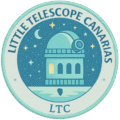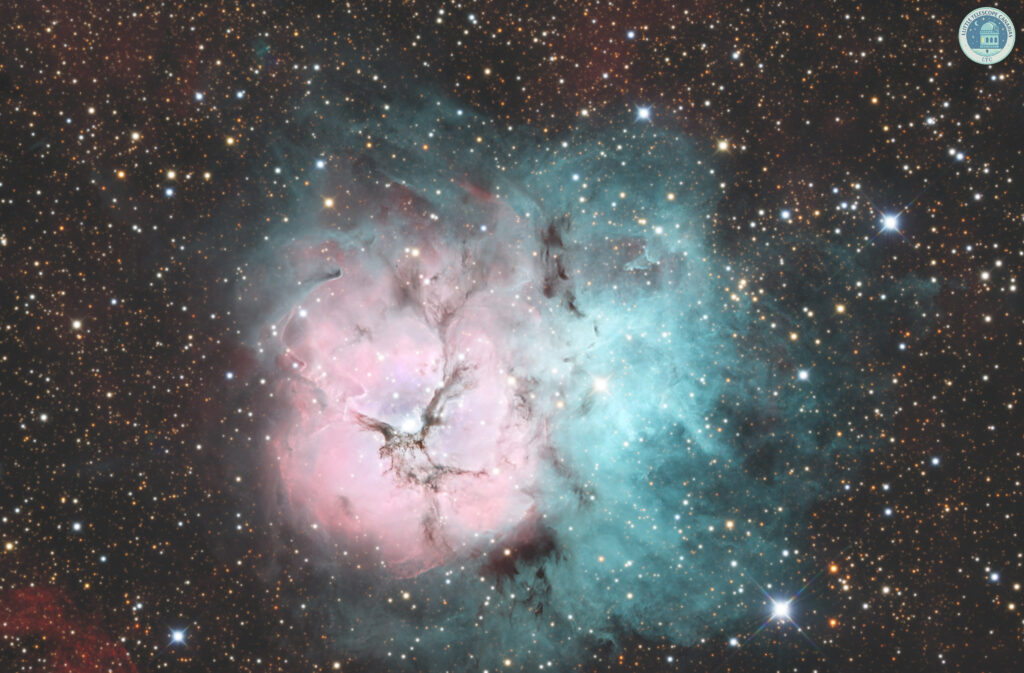The planetary nebula NGC 6905, known as the “Blue Flash Nebula,” is located in the constellation Delphinus and was discovered by William Herschel in 1784.
In the constellation of Pegasus, about 290 million light-years away, lies one of the most fascinating and studied groups of galaxies: Stephan’s Quintet, also known as Hickson 92.
Discovered in 1784 by William Herschel, NGC 7331 is often considered a close analog of the Milky Way, making its study especially valuable for understanding the evolution of our own galaxy.
In the constellation of Sagittarius, just 1.6 million light-years from Earth, lies one of the closest and most fascinating dwarf galaxies: NGC 6822, also known as Barnard’s Galaxy.
Its name, “Trifid,” comes from the three dark dust lanes that seem to divide it into distinct regions, creating a cosmic landscape of great beauty and complexity.
When a medium-mass star exhausts its nuclear fuel, it expels its outer layers into interstellar space, creating a glowing shell of ionized gas illuminated by the ultraviolet radiation of the stellar core that remains: a white dwarf.
Among the most fascinating deep-sky objects is NGC 6826, also known as the Blinking Planetary Nebula, located in the constellation of Cygnus (The Swan) about 2,000 light-years from Earth.
In the constellation of Ophiuchus, about 6,000 light-years from Earth, lies Abell 43, a planetary nebula of low surface brightness which, despite its faint glow, represents an object of great astrophysical interest.
Cataloged by George Abell in 1966, it belongs to the group of planetary nebulae with low surface brightness, making it a challenge for visual observation but a true treasure for advanced astrophotography.
NGC 6543, better known as the Cat’s Eye Nebula, its unique and complex appearance has fascinated both professional astronomers and amateurs, making it a reference object in the study of planetary nebulae.
In the constellation of Vulpecula, about 1,360 light-years from Earth, lies one of the most impressive and brightest planetary nebulae of the deep sky: M27, also known as the Dumbbell Nebula.
In the constellation of Hercules, about 500 million light-years away, lies the galaxy cluster Abell 2151, also known as the Hercules Cluster.
In the constellation of Draco, about 50 million light-years away, lies one of the most striking galaxies visible from Earth: NGC 5907, commonly known as the Needle Galaxy due to its slender shape when observed edge-on.
At the border between the constellations of Cepheus and Cygnus, about 22 million light-years away, lies one of the most fascinating galaxies in the deep sky: NGC 6946, popularly known as the Fireworks Galaxy.
In the constellation of Hercules, about 7,000 light-years away, lies one of the most remarkable examples of symmetry in the universe: the planetary nebula Abell 39















